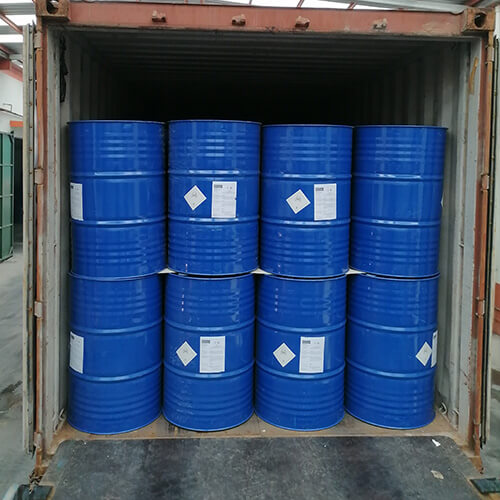2-Chloropropene is an organic compound that belongs to the class of haloalkenes. It is a colorless gas with a pungent odor and a flash point of -20°C. It is also known as 2-chloro-1-propene or isopropenyl chloride. It has the molecular formula C3H5Cl and the molecular weight of 76.52 g/mol.
Structure and Properties of 2-Chloropropene
The structure of 2-chloropropene is shown below:
2-Chloropropene has a double bond between the first and second carbon atoms, and a chlorine atom attached to the second carbon atom. It is a geometric isomer of 1-chloropropene, which has the chlorine atom attached to the first carbon atom.
The physical properties of 2-chloropropene are summarized in the table below:
| Property | Value |
|---|---|
| Boiling point | 22.5-22.8 °C |
| Melting point | -138.6 °C |
| Density | 0.899 g/mL at 25 °C |
| Refractive index | 1.395 at 20 °C |
| Solubility | Slightly soluble in water, soluble in organic solvents |
The chemical properties of 2-chloropropene are determined by its reactivity with other substances. It can undergo addition reactions with nucleophiles, such as water, alcohols, amines, and halides, to form various products. For example, the reaction of 2-chloropropene with water yields 2-chloropropanol:
CH2=CClCH3 + H2O -> CH3CH(OH)CH2Cl
It can also undergo elimination reactions with strong bases, such as potassium hydroxide, to form alkenes. For example, the reaction of 2-chloropropene with potassium hydroxide yields propyne:
CH2=CClCH3 + KOH -> CH3C≡CH + KCl + H2O
Synthesis and Applications of 2-Chloropropene
One of the early methods for the synthesis of 2-chloropropene involves the dehydrohalogenation of 1,2-dichloropropane with potassium hydroxide :
CH3CHClCH2Cl + KOH -> CH2=CClCH3 + KCl + H2O
Another method involves the oxidative addition of chlorine to propyne :
CH3C≡CH + Cl2 -> CH2=CClCH3
Unlike its isomer 1-chloropropene, which is a major industrial chemical used for the production of polyvinyl chloride (PVC), 2-chloropropene has no commercial applications and is a lightly studied compound. In the research laboratory, it is used as a source of the 2-propenyl group, which can be attached to various substrates by metal-catalyzed reactions . For example, the reaction of 2-chloropropene with zirconocene yields a zirconacyclopentane complex:
Safety and Environmental Aspects of 2-Chloropropene
According to the GHS classification, 2-chloropropene is a highly flammable liquid and vapor that can cause serious eye irritation and respiratory irritation . It may also be harmful if swallowed or in contact with skin or if inhaled. Therefore, it should be handled with care and appropriate personal protective equipment, such as gloves, eye shields, and dust masks. It should be stored in a cool, well-ventilated place away from sources of ignition and incompatible materials, such as strong oxidizing agents and bases.
The environmental fate and effects of 2-chloropropene are not well known. However, it is expected to have low persistence in soil and water due to its high volatility and susceptibility to hydrolysis and biodegradation. It may also undergo photolysis in the atmosphere and form various products, such as allyl and 2-propenyl radicals . The toxicity of 2-chloropropene to aquatic and terrestrial organisms is also not well studied, but it may have adverse effects on their growth and reproduction.
Conclusion
2-Chloropropene is an organic compound that belongs to the class of haloalkenes. It is a colorless gas with a pungent odor and a flash point of -20°C. It is also known as 2-chloro-1-propene or isopropenyl chloride. It has the molecular formula C3H5Cl and the molecular weight of 76.52 g/mol. It has a double bond between the first and second carbon atoms, and a chlorine atom attached to the second carbon atom. It can undergo addition and elimination reactions with various substances, but it has no commercial applications and is a lightly studied compound. It is used as a source of the 2-propenyl group in the research laboratory. It is a highly flammable and irritating substance that should be handled with care and appropriate personal protective equipment. It may also have low persistence and toxicity in the environment, but more studies are needed to confirm its fate and effects.



Extended reading
Visit the product introduction page

